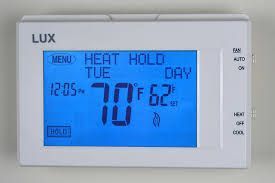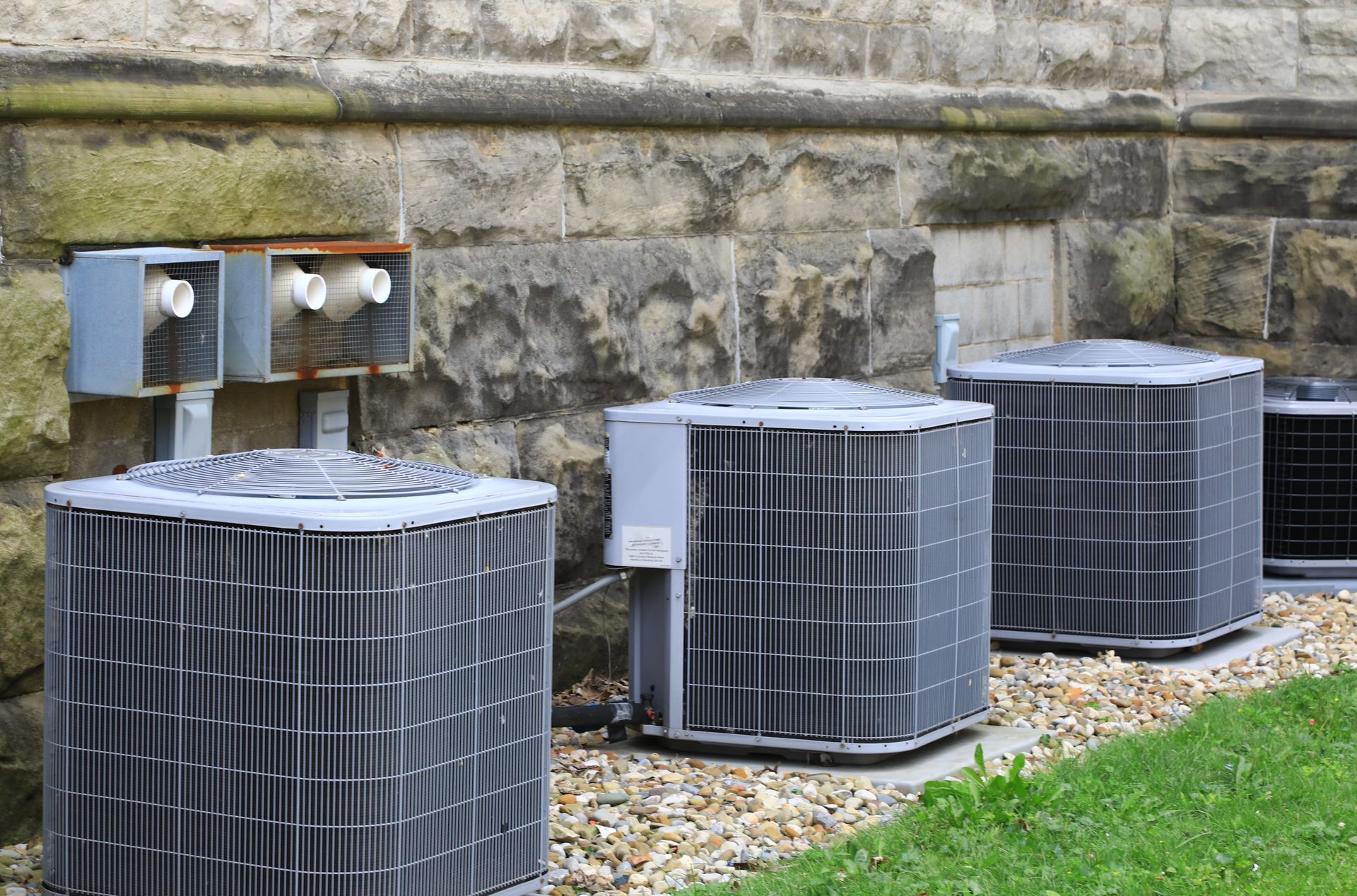3 ways you can tell if your heater is energy efficient

1. Check the Energy Star Rating
Look for an Energy Star label on your heater. This certification indicates that the appliance meets energy efficiency guidelines set by the U.S. Environmental Protection Agency (EPA). Energy Star-rated heaters are designed to use less energy, which can lead to lower utility bills.
2. Monitor Your Energy Bills
If your energy bills are consistently high, it may be a sign that your heater is not energy efficient. Compare your bills over several months to identify any patterns or spikes in usage. An efficient heater should help keep your energy costs stable and predictable.
3. Assess the Age and Maintenance of the Heater
Older heaters are generally less energy efficient than newer models. If your heater is over 15 years old, it might be time to consider a replacement with a more efficient model. Regular maintenance, such as cleaning filters and ensuring proper insulation, can also greatly impact the efficiency of your heater.


QUICK LINKS
CONTACT US
Email:
evergreenHVACpros@gmail.com
Address: 2653 Duncan Rd, Suite 500, Lafayette, Indiana 47904
Licensed, Insured, and Bonded
BUSINESS HOURS
- Mon - Fri
- -
- Sat - Sun
- Closed













